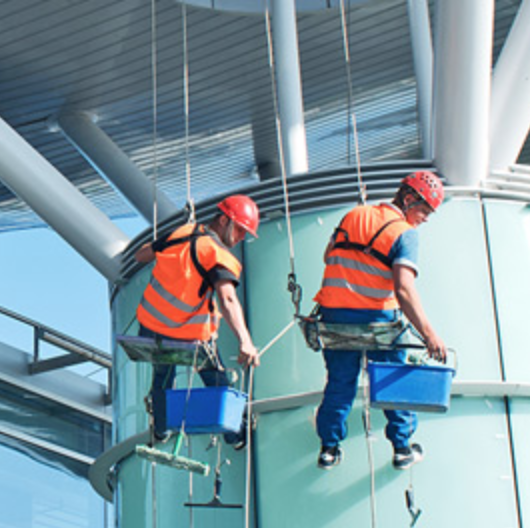One investment is all it takes to make your dream of owning a restaurant a reality - buying an already-established one. But before you make an offer on the restaurant of your dreams, you need to be aware that there are still plenty of challenges associated with buying an existing one, just like when opening a new restaurant. Careful research and consideration must be taken before taking the leap and investing in your ambitions. Owning a restaurant can be one of the most rewarding experiences, and with the right preparation and dedication, you can make it happen!
- Check the restaurant's reputation.
Look up the restaurant’s reviews on social media, rating websites and other online sources to get a feel for how customers rate the restaurant's food, service, and atmosphere. It's important to read reviews from a variety of sources to get a full picture of the restaurant. Once you've gathered all the reviews, look for patterns in the feedback. Are customers generally satisfied with their experience, or do they have specific complaints? Analyze the items on the menu to determine if the restaurant is likely to be profitable. By understanding what customers have to say, you'll be able to make an informed decision about whether the restaurant is worth investing in.
- Visit the restaurant and inspect the premises
Check out the kitchen, bathrooms, and dining areas to see if they are clean and well-maintained. In the kitchen make sure all appliances, such as the refrigerator, oven, and stove, are in good condition and working properly. In the bathrooms, make sure all fixtures, such as the sink, toilet, drain line and shower, are functioning properly and are clean. If there are any issues with the drain line, you can rely on drain line repair companies to help you examine and do all the work needed. In the dining areas, inspect the tables, chairs, and other furniture to make sure they are in good condition and free of dirt and debris. Also, check to make sure all tableware, such as plates, glasses, and cutlery, are clean and in good working order.
- Check the restaurant's financial documents.
Ask the owner to provide financial documents such as tax returns, profit and loss statements, and balance sheets. You should also ask for a list of current assets, such as equipment, furniture, and inventory, as well as a list of liabilities to determine what the total cost of the purchase will be. Additionally, you should ask for a list of current contracts, such as leases and vendor agreements, to make sure you understand any obligations that you may be taking on. This will show you how much money the restaurant is making, and whether it is a good investment.
- Review the restaurant's lease agreement.
If the restaurant is on lease or rent make sure that the lease is up to date and that all terms are agreeable to you. Check to make sure that the landlord is willing to transfer the lease to you and that the transfer will not require any additional payments or fees. Additionally, make sure to check with local authorities to make sure that the restaurant is compliant with any zoning or health regulations. Finally, if the restaurant is a franchise, make sure to check the terms of the franchise agreement and any restrictions that may be in place.
- Research the local competition.
Researching the competition is an essential step in creating a successful restaurant. It will also help you to identify potential opportunities and threats in the local market. Knowing what the competition is doing and how they are performing will provide valuable insights which can be used to create an effective business strategy and make sure your restaurant stands out in the crowded marketplace.
- Meet the restaurant's staff.
Meet the restaurant's staff. Interview the current staff to get an idea of their skill level, professionalism, and dedication to the business. Get to know their strengths and weaknesses. Additionally, you should check references to ensure that the staff is qualified and has the right attitude. Finally, you should take the time to establish clear expectations and goals for each employee, so that they understand what is expected of them.
- Calculate the restaurant's worth.
Real cash flow, not just the owner's projection, is what determines a restaurant's value. To calculate the actual value of a restaurant, you'll need to look at several key metrics, such as sales, profits, expenses, and inventory. In addition, you'll need to factor in the current market conditions, the restaurant's location, and any unique features that may be contributing to the overall success of the business. Finally, you'll want to compare the restaurant's value to similar establishments in the area to ensure a fair and accurate assessment. You can also use online valuation tools which gives you a valuation range based on comparable restaurants.
In conclusion, buying a restaurant can be a rewarding and exciting experience. It is important to remember that there are many factors to consider when making this major purchase. You should do your research to find the right restaurant for your needs, budget and goals. Make sure to thoroughly analyze the financials, investigate the local market, consider the competition and examine the zoning requirements. Finally, consult with professional advisors to ensure you are making a sound investment. With the right due diligence and proper planning, buying a restaurant can be a great business opportunity.





































